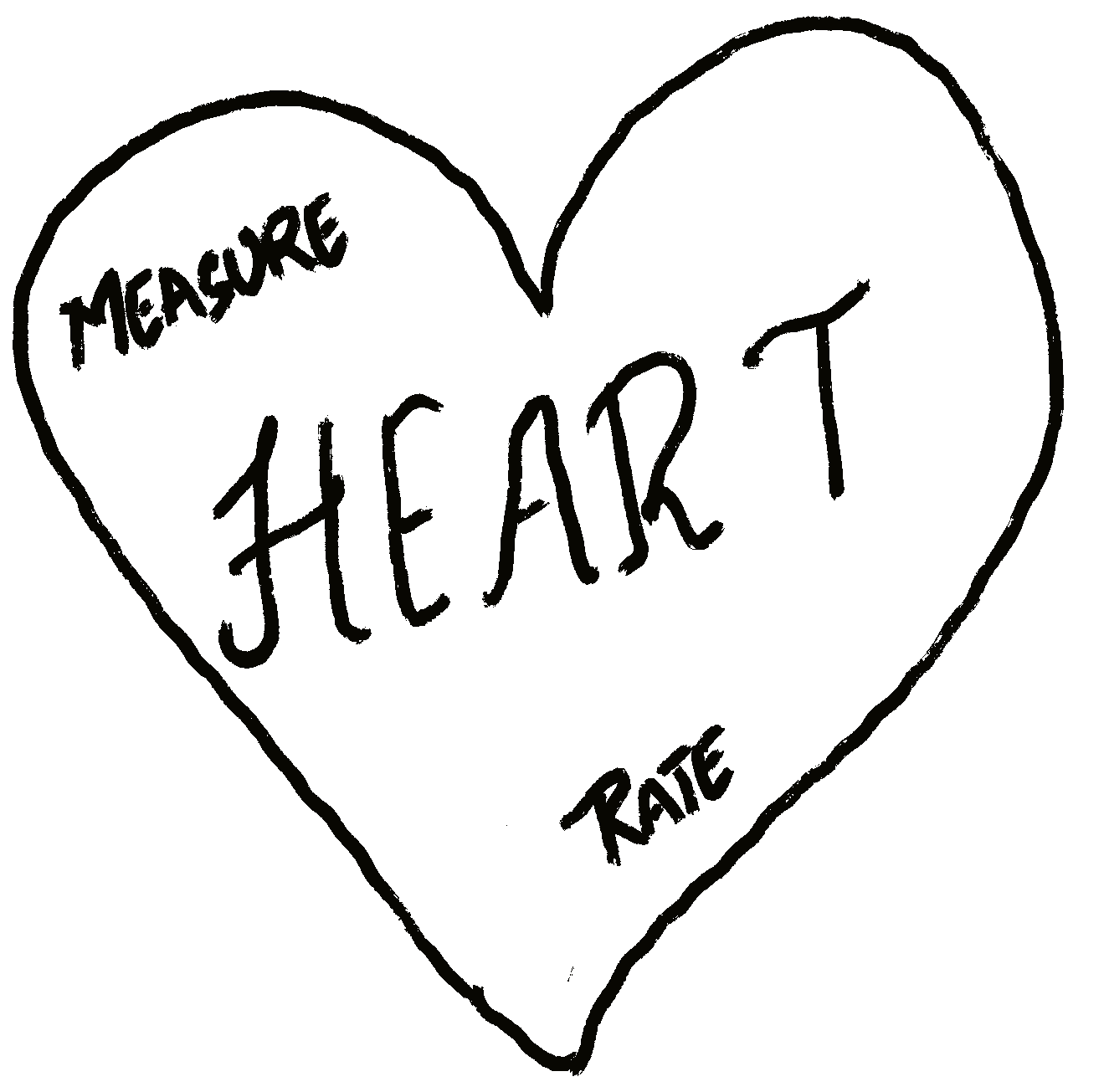What is one thing that is always true for a Product Owner? Yes, you guessed it right. Product Owner is an accountability within the Scrum Framework. And so, as per the Scrum Guide, the Product Owner is accountable to maximize the value of Product.
The question is, if as a Product Owner, I do not measure what VALUE we are delivering, I would not know necessarily if I can maximize it or not. Plus, measuring the wrong metrics might result in wrong results as well as wrong behaviours.
Here is a simple framework to know if your HEART is with the right metrics.

Outcome vs Activities
The first step towards defining the right metrics is to determine what needs to be measured. Oftentimes people tend to focus on measuring the activities as it is easier to measure. For ex: It is easier to measure
- the work completed by a team aka Velocity
- Work items planned vs Work items delivered
But then it doesn’t help us to determine if actual Value was delivered to the end user. We need to shift away from activities and focus on Outcomes. Outcomes like:
- Cost Reduction
- Return on Investment
- Simplifying a task
- Reducing a Risk
- Enabling a new Opportunity
As we focus on Outcomes, it becomes easier to identify the behaviours or attitudes that can signal our progress towards the outcomes and then we can quantify those behaviours using certain metrics.
HEART Measures
Originally developed at Google, the HEART framework is an holistic approach that moves away from the typical vanity metrics and establishes a customer centric approach to measure what success really looks like for the users.
HEART is an acronym for five key components:
- Happiness
- Engagement
- Adoption
- Retention
- Task Success
Happiness
Happiness is about the subjective experience of the user. How do they feel about using the Product? Are they happy with the product? Are they satisfied with the product?
Why it Matters:
If an User is happy with the product then the user is going to stay with the product. Over a period the User may also recommend the product to others. For ex: I in my personal life happen to be an avid photographer. I typically shoot with Nikon cameras and I am highly delighted with the functionality, features and quality of the products. So anytime someone asks me for a recommendation for a camera; I simply direct them to Nikon.
Typical Metrics:
CSAT or Customer Satisfaction Index: A typical score of 1-5, asked from users after they use a feature or the product. 1 indicates least satisfied while 5 means customers really like the feature.
Google Review/Trust Pilot Review: A direct feedback and measure of the customer’s satisfaction levels.
Engagement
Engagement explores the dynamics of how a user interacts with the product, and if the product is good enough to keep the customers involved and interested with the product.
Why it Matters:
Engagement focuses on retaining the customers. If customers are not involved with the product then there are high chances that they might drift away towards other alternatives or competition. It also helps understand the behaviour of the customers about whether they are really using the product features that were built for them.
Typical Metrics:
Usage Index: The measurement of product features that are frequently used.
Customer Usage Index: The measurement of Usage of the product feature to determine if the customer finds the feature useful or not; depending on the amount of time the customer spends on the feature and the expected time the customer should be spending on the feature.
Adoption
This is about how many users have started using the product or a particular product feature. If it’s a new product then this indicates the acquisition of customers. In case of existing customers it refers to the first time usage of an existing feature.
Why it Matters:
Paying customers, are important for any product's success. If there is a great product with zero customers, then that product is not successful. Adoption metrics help understand the sentiment of customers whether they prefer the product or not. It helps refine the GoLive/Goto Market strategy.
Typical Metrics:
Current Market Share: The existing market share of the product based on how it satisfies the customer needs.
# of New Users: The number of new users signed up for the product in a given time period.
Retention
Retention is all about keeping the existing customers over time. Even if a product has 100’s of features but cannot retain customers for longer periods of time then sooner or later, its market share will be impacted and the product may go out of business.
Why it Matters:
It is always easier to retain an existing customer then to go and search for new customers and onboard them. A great example of this is Zappos!. 75% of their business comes from returning customers.
Typical Metrics:
# of Active Users Trend: How many users are active after 30 days, 60 days or 90 days post signup.
# of Renewals: How many users have renewed their subscription to the product or service.
Task Success
Task success enables us to determine if the user is able to do their work effectively and efficiently. How the product or a product feature is making it easier for the customers to complete their tasks.
Why it Matters:
If customers can’t find their way around the product or product feature to complete their tasks easily then they will move away to something else. It will increase the churn rate of customers.
Typical Metrics:
Time to complete a Task: How much amount of time an average user has to spend to complete a workflow.
# of clicks to get the desired result: How many clicks an user has to press in order to get the desired result. For ex: If I need a timesheet report and I need to click at 10 different buttons or links to get to it, then it would be too cumbersome to me as compared to if I can get the same report with one click option.
Error Rate: How often the user encounters an error while doing their task?
To Conclude:
Not having clear objectives will often put a product team off the track. But having clear objectives but no means to track or measure them will put the team at risk of digressing or provide a sense of false progress. Either way the product will not deliver the value as expected.
As a result, it is not just important to measure, it is important to measure with the right metrics. There are many different approaches to determine what are the right metrics for your teams/product. HEART is one of the possible approaches. It can get you started if you don’t have anything else to go on.
P.S. If you are interested in exploring the world of Product Management and Product Ownership then we have some excellent coaching and mentoring programmes for you. Explore at our website: www.agilemania.com
P.P.S If you just want to get started with the Product Owner accountability then we also offer the PSPO and PSPO-A courses.
